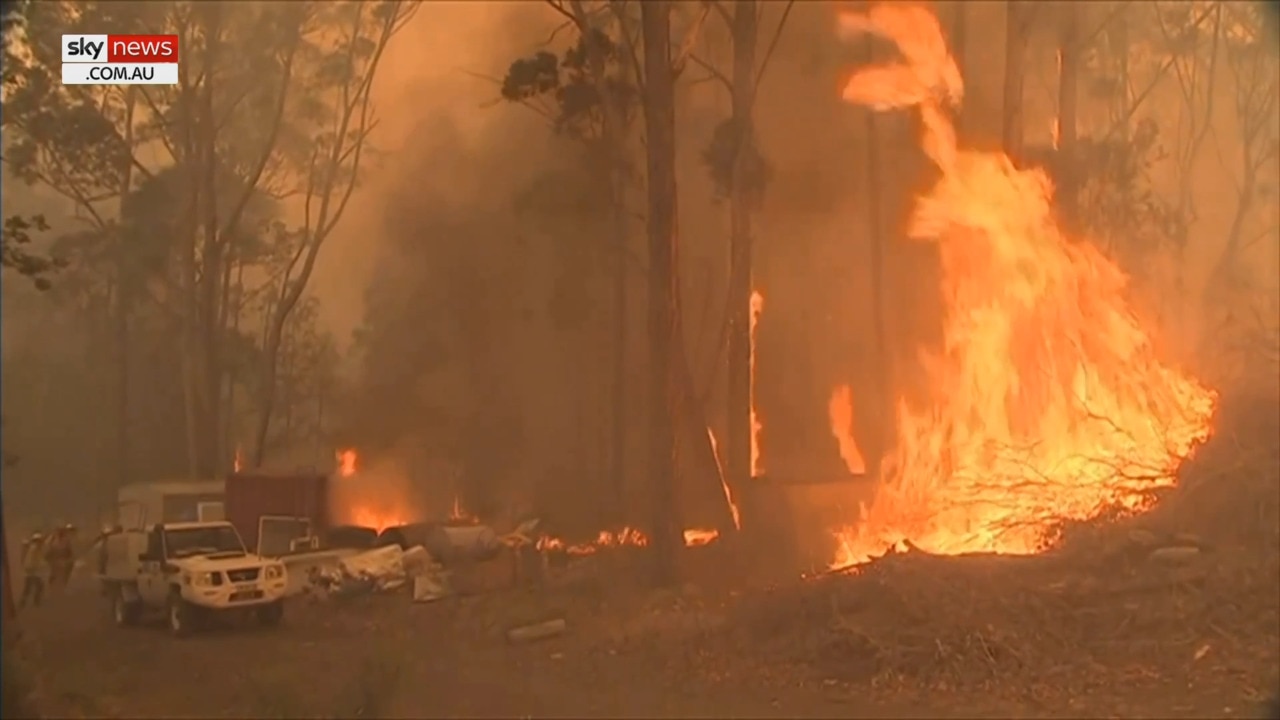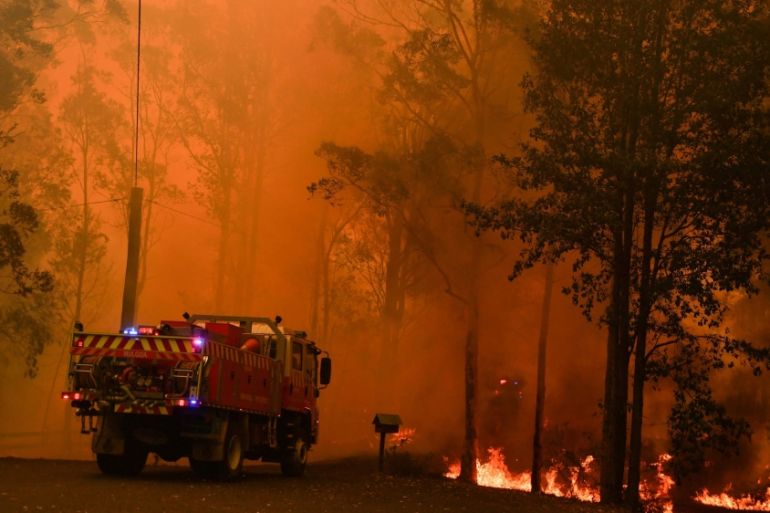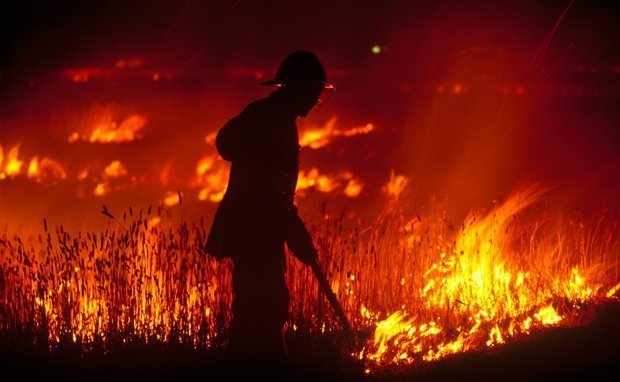Deciphering the Value of a Detailed BAL Report for Your Residential or commercial property
Deciphering the Value of a Detailed BAL Report for Your Residential or commercial property
Blog Article
Just How BAL Report Impacts Shrub Fire Defense Steps
In the world of bush fire defense, the Structure Assault Degree (BAL) report stands as a critical device that dramatically influences the security and strength of buildings in fire-prone areas - BAL Report. The influence of a BAL analysis prolongs far past simple documents; it acts as the keystone for identifying the appropriate construction requirements and fire defense actions required to alleviate the threats postured by bushfires. As areas grapple with significantly extreme fire periods, recognizing just how the BAL record forms these safety procedures comes to be paramount for homeowners, policymakers, and builders alike
Recognizing the Bushfire Strike Level

Value of BAL Report Analysis

Furthermore, the BAL report evaluation works as a fundamental action in adhering to lawful obligations and demands connected to bushfire protection. Regional councils and authorities commonly mandate the entry of a BAL record as component of the preparation and structure approval procedure to make certain that buildings are adequately safeguarded versus bushfire risks. Stopping working to carry out a detailed BAL report evaluation can result in inadequate protection actions, leaving residential properties susceptible to ravaging bushfire incidents.
Construction Requirements Based Upon BAL
A thorough understanding of the Bushfire Assault Level (BAL) enables property proprietors to carry out click to read more building standards customized to their certain danger profile. Building and construction requirements based on BAL are essential in mitigating the influence of bushfires on properties. The BAL ranking categorizes the potential threat a residential property deals with during a bushfire on a range from BAL-Low to BAL-FZ (Fire Zone) Each BAL degree represents details building requirements laid out in the Australian Common AS3959-2018 Construction of Structures in Bushfire-Prone Areas. As an example, residential or commercial properties classified as BAL-Low might just need basic steps such as getting rid of debris and preserving yards, while those in greater BAL categories require even more robust measures like ash displays, fire-resistant materials, and secured windows. Sticking to these building requirements not just boosts the architectural resilience of the residential property but likewise improves the general security of citizens throughout a bushfire occasion. Property proprietors have to meticulously consider their BAL ranking and comply with the matching building requirements to sufficiently guard their homes and owners.
Carrying Out Fire Protection Actions
With the foundation of construction requirements based on Bushfire Strike Level (BAL) in place, the emphasis now changes towards the practical execution of fire security measures to strengthen residential properties against bushfire dangers. Carrying out fire security actions includes a mix of passive and active techniques to enhance the strength of buildings in bushfire-prone areas. Easy measures consist of using fireproof structure materials, mounting ash guards on vents, sealing gaps in walls and roofs, and preserving a clear room around the residential or commercial property cost-free from combustible plant life. Active procedures encompass having firefighting devices conveniently available, such as pipes and water pumps, as well as producing a defendable room around the building by clearing greenery and having a well-maintained garden. Furthermore, creating a discharge strategy and making certain all homeowners know emergency treatments are vital parts of reliable fire protection measures. By incorporating both passive and active methods, homes can dramatically lower their susceptability to bushfire events and enhance the security of passengers.
Safeguarding Residences Against Bushfires
Successfully securing homes against the destructive impacts of bushfires calls for a thorough and positive method to fire security measures. In addition, securing spaces and vents to avoid ember invasion, as useful reference well as integrating fire-resistant doors and home windows, can aid strengthen the home's protection versus bushfires. By welcoming a positive stance and incorporating these safety steps, property owners can considerably increase their opportunities of protecting view publisher site their homes versus bushfires.
Final Thought
To conclude, the Bushfire Assault Degree (BAL) report plays an important role in establishing the needed security actions against bushfires. By analyzing the BAL, building criteria can be customized to reduce the threats and guarantee the safety and security of homes in fire-prone areas. Implementing fire defense steps based upon the BAL report is crucial in protecting properties from prospective bushfire hazards. It is imperative for property owners to focus on BAL evaluations and comply with recommended building and construction standards to enhance bushfire durability.
In evaluating bushfire danger to properties, recognizing the Bushfire Attack Level (BAL) is a vital part for applying reliable defense actions. Overall, a clear understanding of the Bushfire Strike Degree is vital for executing ample defense actions and minimizing the influence of bushfires on homes.

Report this page